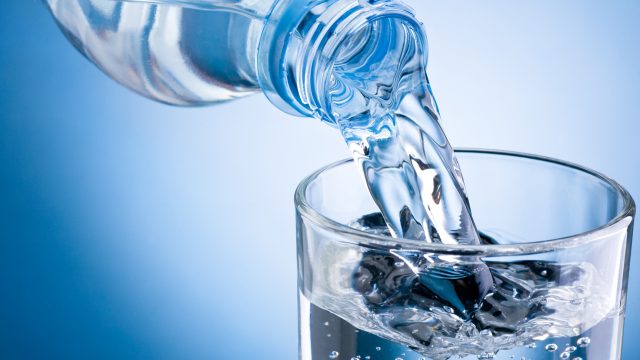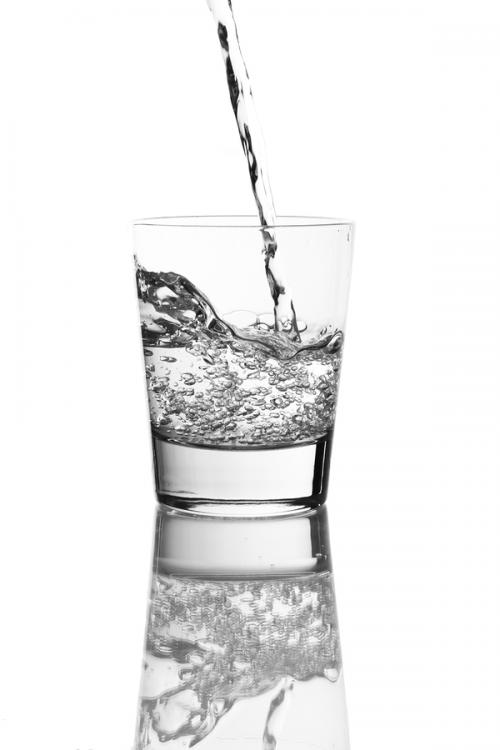Did you know that the body can survive an entire week without food before ultimately succumbing to starvation? However, according to scientific studies (read more), the human body can potentially stop functioning after just 2 days without proper hydration. Water, you see, is used by our bodies the most often. It is used to bring our body’s blood pressure to normal or to keep organs from failing. Without it, we’ll be dropping like flies to the ground.
Okay … so maybe today’s trivia wasn’t that fun after all.
Kidding aside, it’s understandable if you’re concerned about what you ingest in your body. Do your water sources have enough minerals to help optimize your body, or at the very least, are they purified and clean enough for consumption?
Do you have a purifier, or are you relying on tap water for your consumption? Are you partial to distilled, or do you prefer more natural sources like spring? If you said YES to distilled, here are some pros and cons for you!
What’s Distilled Water?

It sounds like a no-brainer question, but are you aware of the difference between purified and drinking H2O? Or that of tap? We’re here to define them all for your information!
To start with, distilled water is processed and typically has all of its mineral content stripped away.
This is often done by steaming, leaving a bacteria-free liquid with zero contaminants. That said, we can say that distilled is the purest form of drinking water. This is why infants are only allowed to drink distilled in the first few months of life. It is the most ideal for their sensitive digestive processes.
On the other hand, purified H2O, while processed, does not undergo a process as intricate as distilled. It is also boiled, but its mineral contents are preserved, leaving behind microbe-free drinking water with calcium or potassium in its content.
Lastly, tap or unfiltered is the rawest form of H2O that is available for everyday consumption in urban cities. You can get this source from – well, you guessed it – your tap. In some states, it’s common practice to drink from the tap. However, some can be unsafe to drink due to pollutants present in residential and commercial pipes where water runs.
It’s wise to check if your state has been encoded in the database to know if it is safe for you to drink from the tap, or if it still retains minerals or not. Check this link out: https://www.ewg.org/tapwater/, key-in your zip code, and you’ll be able to see the quality of the liquid running through your pipes. Currently, Orange County has the purest drinking water across the states. On the opposite side of the spectrum, Pennsylvania and Wisconsin have cities with the highest lead content, Pittsburgh and Milwaukee, respectively.
Why It’s A Good Idea To Consider Distilled Water

1. It’s Free Of Microbes
While there is nothing wrong with drinking off the tap in most areas, distilled is a safe choice if you want to make sure your liquid has 0% bacteria inside the bottle. The process of boiling makes sure bacteria and viruses die, leaving clean drinking water behind. To add, the multiple levels of the distillation process make sure that contaminants are 100% removed.
2. It Doesn’t Have Carcinogenic Elements
Because its process is intricate and administered with the intent of leaving no harmful elements inside your bottle, any harmful chemicals that can cause sickness or harm to the body causing conditions like cancer are removed as well.
3. It Can Improve Skin & Hair Condition
Although there’s no direct evidence that opting for distilled can bring about healthier skin and improve hair’s luster, there have been studies indicating positive results after washing the hair and skin using it. Of course, that is not to say you should bathe in distilled H2O daily! Pampering yourself every once in a while is a great thing to put in mind though!
The Drawbacks

1. It’s Tasteless
Science says water has its tastes depending on the organic and inorganic minerals it has in its content. Calcium in liquid, for instance, gives a smooth taste and a pleasant aftertaste. Sodium, for obvious reasons, gives it a salty kick. And lastly, magnesium gives H2O its hard, almost bitter taste. All of these can be a combination depending on where your state or city gets its supply from.
Therefore, when you drink distilled H2O, you can barely taste anything compared to purified or unfiltered ones. This is because the act of boiling has stripped all its mineral contents, making it tasteless. Unless the company adds minerals and electrolytes to their water, you’ll be drinking distilled water with a plain taste. Now to some people, this may be preferable, but we do know a few individuals who find this tastelessness to be a bit boring!
2. Mineral Imbalance
Minerals are found inside our bodies for a reason. We use it up in our day-to-day life, which means they’re not optional but rather essential. For example, Calcium is needed by the body to keep bones healthy, but that’s not its most important function! Calcium is also very important to keep your heart beating. Yes! it plays a big role in making sure your muscles, voluntary and involuntary, are working properly!
Another much-needed mineral is potassium. Potassium can be found in many different foods, such as green leafy vegetables and fruits like bananas. Plus, if you like your water distilled, you might find yourself experiencing the effects of low potassium levels which may also consequently affect your heart’s normal rhythm.
3. It Can Cause Your Body To Undergo Acidosis
Distilled H 2Ohas a pH lower than tap, which may be considered acidic. One can argue distilled H2O inside a bottle has a pH level of 7 (neutral), but when the bottle is opened and the water encounters carbon dioxide, the pH level decreases significantly. In a few hours, you’re already consuming it with a pH level of 5.8.
Best course of action? Gulp a bottle down fresh off the cap! Just kidding.
Anyway, like everything else in the world, distilled water has its pros and cons. It’s a matter of making an informed choice and choosing the option that best serves your needs and interests at a particular point in time!




